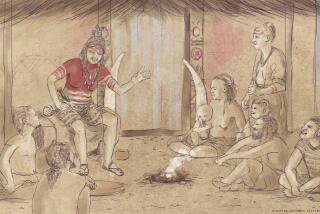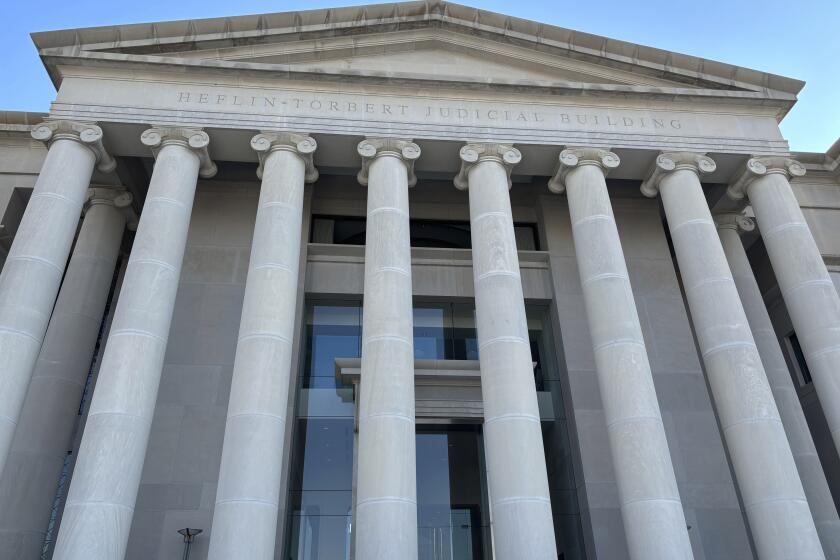DNA Tests Prove It’s Columbus, Spain Says
MADRID — Scientists said Friday that they had confirmed that at least some of Christopher Columbus’ remains were buried inside a Spanish cathedral, a finding that could help end a century-old debate over the explorer’s final resting place.
DNA samples from 500-year-old bone slivers could contradict the Dominican Republic’s competing claim that the explorer was laid to rest in the New World, said Marcial Castro, a Seville-area historian and high school teacher who devised the study that began in 2002.
For the record:
12:00 a.m. May 26, 2006 For The Record
Los Angeles Times Friday May 26, 2006 Home Edition Main News Part A Page 2 National Desk 0 inches; 30 words Type of Material: Correction
Christopher Columbus: A photo caption in Saturday’s Section A misidentified a tomb in Spain as the burial site of Christopher Columbus. The tomb was that of Hernando Columbus, his son.
However, some of Columbus’ remains also could have been buried in the Dominican Republic, he said.
The announcement came a day before the 500th anniversary of Columbus’ death in the Spanish city of Valladolid.
A forensic team led by Spanish geneticist Jose Antonio Lorente compared DNA from bones buried in a cathedral in Seville with that from remains known to be from Columbus’ brother Diego, who also is buried in the southern Spanish city.
“There is absolute matchup between the mitochondrial DNA we have studied from Columbus’ brother and Christopher Columbus,” Castro said in a telephone interview.
Mitochondria are cell components rich in the genetic material.
Juan Bautista Mieses, director of the Columbus Lighthouse -- a cross-shaped building several blocks long that the Dominican government built to house the explorer’s remains -- dismissed the researchers’ findings. He insisted that Columbus was buried in the Dominican Republic.
“The remains have never left Dominican territory,” Bautista said.
Castro and his colleagues say they have tried in vain for years to persuade the Dominican Republic to open the monument to compare the remains inside with those of Diego Columbus.
Although his team is convinced the bones in Seville are from Columbus, he said, that does not necessarily mean the ones in Santo Domingo are not. Columbus’ body was moved several times after his death.
More to Read
Sign up for Essential California
The most important California stories and recommendations in your inbox every morning.
You may occasionally receive promotional content from the Los Angeles Times.









